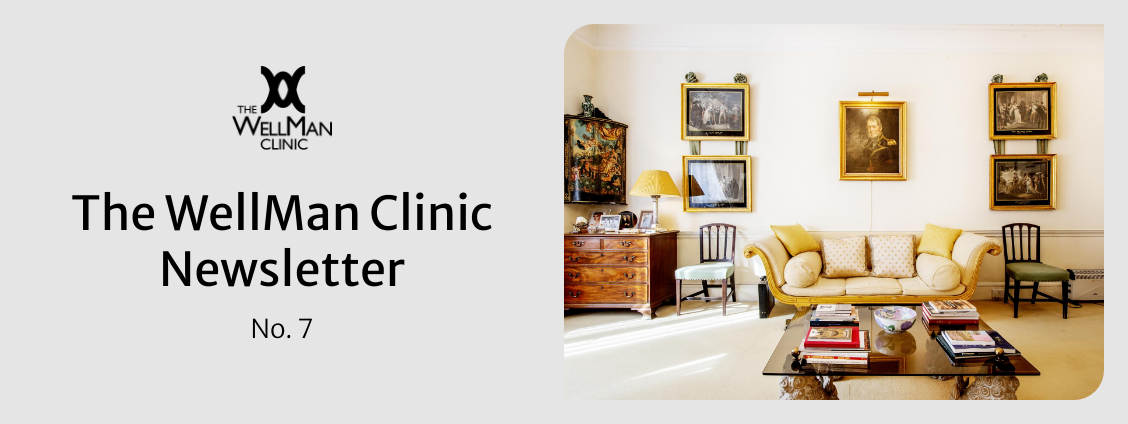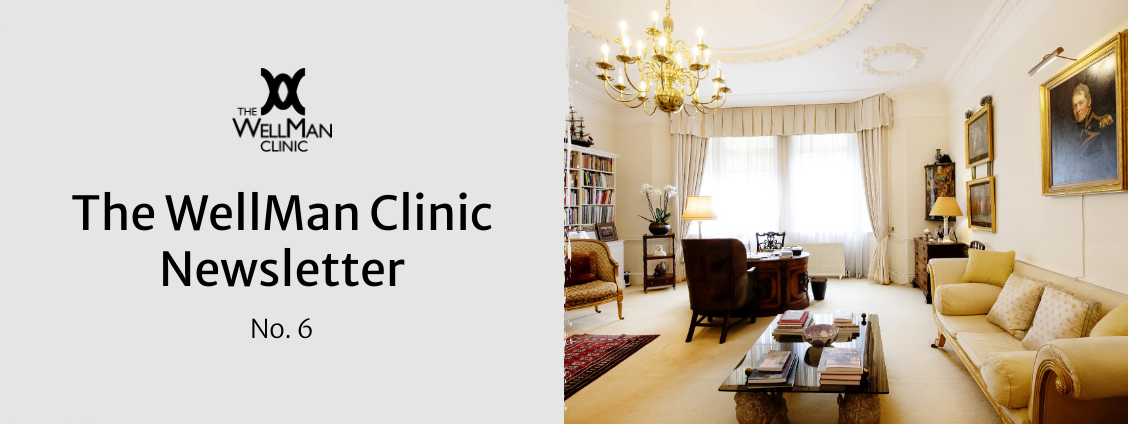The Seggs Kitten

Lighting Up, Brigitte Bardot (1934 – )
“I gave my beauty and my youth to men. I am going to give my wisdom and experience, the best of me, to animals”, Brigitte Bardot, 1973.
Eh bien, alors…
***
On Friday 14 June 1940, closely ordered long columns of grey Nazi troops stomped cheerless down a desolate Champs Elysée. It was their victory parade.
Paris had surrendered once more to the Germans.
***
Brigitte was six, her sister, Marie-Jeanne “Mijanou”, two years old – the only children of Louis “Pilou” and Anne-Marie “Toty” Bardot.
The Bardot family was seen as haute bourgeoisie, living in the smart 15th arrondissement of Paris, wealth emanating from the family business manufacturing liquid air and acetyline, both vital to steel construction – and, no doubt, to the German war effort.
The girls’ parents were strict Catholics, but capricious, unpredictable. The father could be kind and amusing, the next moment angry and violent; the mother aloof and socially anxious. Both children were largely confined to their apartment, with few friends, playing their records and dancing, not to be seen mixing with Germans.
***
On Saturday 19 August 1944, the Allied Forces liberated Paris. The self-appointed free French forces led the tumultuous and joyous procession down the seething cheering Champs Elysée. The years of peril and anxiety were over, and, contrary to Herr Hitler’s edict, Paris had not been destroyed.
***
Brigitte was then ten, Mijanou six.
Brigitte’s mother had been a student of dance and theatre, and, recognising her daughter’s stand out talents, sent her to the elite Conservatoire de Paris. There she was rigorously drilled in classical ballet by the formidable Russian choreographer Boris Knyazev. He found the slender, tender Brigitte to be charmante, intelligente.
The tensions within the Bardot family mounted as Brigitte entered a fiery adolescence. She deeply resented the parental catholic proscriptions, and never forgave her father’s vicious whippings.
Her chance to escape came when she was 15. The blossoming apparently self-assured student ballerina was chosen by the popular fashion magazine “Elle” to appear on its front page. Her bewitching not so innocent elfin image was spotted by one Roger Vadim.
“Roger” Vadim Plemiannikov was an anarchic 22, the enterprising penniless son of a deceased military white Russian emigrant naturalized French citizen diplomat from Kyiv, an “assistant director”, an aspirant film maker, a free floater in the murky creative underworld of Paris.
Their intensely sexualised relationship continued unabated until Brigitte was 18, when her conservative catholic parents had no option but to allow her marriage to the louche pioneer of acceptable pornography.
Vadim vigorously promoted his outrageously attractive and well woken wife’s acting career – and then came his first film, “And God Created Woman”. By 1957, this revolutionary ballbuster bit of bilge had travelled the world, often banned, earning fabulous money. Brigitte Bardot, now a sudden international superstar “seggs kitten”, everyman’s lust-crumpet, had sensationally arrived with a big bang and baring all on show.
The rest is history, as my Granny would say.
***
A career of 47 films made, 60 songs recorded, “hundreds” of lovers of both sexes, “at least” six attempted suicides, abortions, four marriages, heavy smoking, alcoholism, severe depression, breast cancer – at the age of 39, Brigitte Bardot wisely decided to retire.
Today she lives in utmost privacy with fourth husband, National Front entrepreneur Bernard d’Ormale, at La Madrague, St Tropez, with at least 50 animals (12 dogs, 25 cats and a variety of horses, chickens, donkeys and goats). She had, after all, started Fondation Brigitte Bardot, deeply involved in the welfare and rights of all animals.
Brigitte Bardot now has problems with osteoarthritic hips and needs to use crutches. She still attracts media attention with her strong opinions on animal affairs – and on Muslims and on Me-Too. As far as we know, there is nothing much else wrong with her – but a wise fly on the wall might well know better.
***
Brigitte Bardot will be 90 years old on Saturday 28 September 2024, with no apparent signs of dementia, which is somewhat surprising.
***
For many years there had been a common belief that dementia was primarily caused by a genetic trait – an inheritance we could not avoid or treat.
On Boxing Day 2023, a quite remarkable academic paper was published, online ahead of print, by JAMA, The Journal of the American Medical Association. It is titled, “Risk Factors for Young-Onset Dementia in the UK Biobank”, the lead author being Stevie Hendriks of Maastricht University. The association with the University of Exeter used the UK Biobank to access environmental, lifestyle and genetic data on 365,052 people, 55.3% female, 54.6% male, mean age at baseline 54.6 years.
As there had been a lack of information on modifiable risk factors for dementia in late middle age, the objective was to identify these risk factors in order to determine methods of possible prevention and treatment.
A total of 39 potential risk factors were examined, and 15 were identified as significantly associated with a higher dementia risk. The risk factors are –
- * Lower formal education (none to 12-24 months)
- * Lower socioeconomic status
- * Carrying 2 apolipoprotein E4 allele (genes)
- * No alcohol use
- * Alcohol use disorder
- * Frailty (lower handgrip strength)
- * Hearing impairment
- * Stroke
- * Diabetes
- * Heart disease
- * Clinical depression
- * Social isolation newly identified
- * Vitamin D deficiency newly identified
- * Higher C reactive protein (sensitive indicator of inflammation) newly identified
- * Orthostatic hypotension (low blood pressure happening when standing after sitting or lying down) newly identified
That’s quite a lot to take in in one swallow, but I am sure you can immediately recognise some of the factors you have directly within your own control – for instance, the risk factor “no alcohol use”, and “alcohol use disorder”, “social isolation”, “vitamin D deficiency”.
Most other risk factors are more medical, but they should be identified easily and early by a competent GP – if, of course, you should be lucky enough to be able to see one.
Owning your own blood pressure machine, an electronic sphygmomanometer, is a good investment – they are not particularly expensive. Certainly keeping your weight under control will help with high blood pressure, and with the prevention of stroke, heart disease and diabetes.
I have written much about vitamin D and its vital support of the immune system. Vitamin D is now being recognised as protective against the spectrum of neurodegenerative diseases (vascular dementia, Parkinson’s and Alzheimer’s diseases and multiple sclerosis). PMID 36820164
***
Is it worthwhile taking good note of every bit of this information – it is not academic nitpicking. Who would wish to be dotty?
***
The WellMan Clinic offers health examinations which include the assessment of risk factors for cardiovascular and neurodegenerative diseases including genetic traits.
Richard Petty
To access references, please tap on PMID identification


